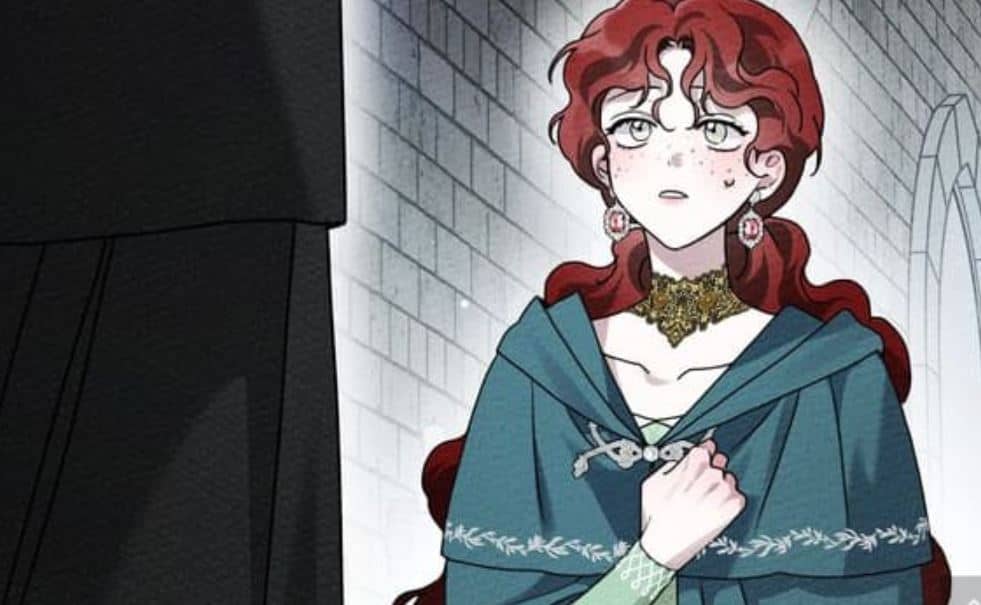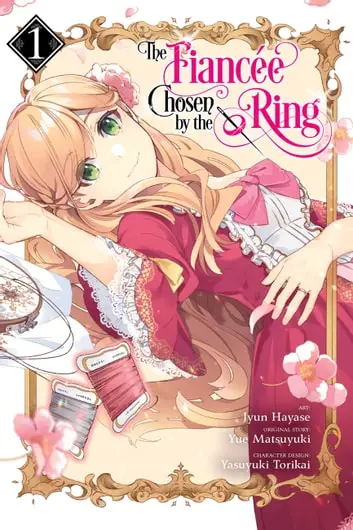Studio Ghibli has always drawn upon adaptations for many of their works yet it’s often the stories without a pre-existing source that are the most beloved, like My Neighbor Totoro or Princess Mononoke, and Spirited Away is arguably the last of these original works (even Ponyo drew heavily on the “The Little Mermaid” fairy tale and The Wind Rises counts as a “fictionalized biography”). While the setting of Spirited Away is definitely Japanese (the blurred line between mere spirits and gods, a bathhouse for gods to visit and relax in à la Kannazuki, and the casual acceptance that a human could’ve entered the realm so easily), the basic premise would fit in neatly with a lot of European folklore: a young girl (a.k.a, one who stands at the division between childhood and adulthood) accidentally steps through to another realm and after her parents eat food that wasn’t theirs to take she has to save them herself (which isn’t limited to just a single fairy tale but reminds me of the ballad of Tam Lin), all the while not forgetting her own name/who she really is. With a premise so familiar it’s almost no wonder that this film gave Studio Ghibli their big break in the west; it’s a recognizable, almost comfortable basis for a story but with details layered on top that made it magical.
Details which are lovingly reproduced in this stage show, almost to a slavish degree at times. I don’t believe a single scene was cut and the only additions that I noticed were some very short songs; the show was such a faithful reproduction that even Chihiro’s movements on stage mirrored her animated counterpart’s in several instances. I do feel that this stage show could stand to be a bit more distinct plot-wise at times — theater is a different medium than animation with different strengths after all, and there were some scenes which I wish had been cut to make for a snappier production (the show is in two acts but the recorded version had no intermission, making it about two and a half hours long).
However, my biggest (and really, only) complaint about this production wasn’t with the production itself but with the recording; there were many times when the camera would seem to focus more “cinematically” on one portion of the stage for dramatic effect (like during scenes between Chihiro and Haku) but part of the fun in live theater is seeing characters move around in the background and set up future events (both in a physical sense and in a “oh that’s an argument brewing back there” sense). Plus, every time we had one of these close shots I felt like I was missing out not being able to see the scenery as much! This show made heavy use of both practical effects and physical sets (compared to the growing trend of using projections on screens for effects and sets, like in the Pretty Guardian Sailor Moon The Super Live which came to DC in 2019) and it was truly fun not only to see how locations like the baths were recreated but also to see how set pieces could be rotated and moved to become an entirely different background in the very next scene.
This stage show was double-cast, meaning that there were two entire casts of actors playing on alternate days (compared to having a series of understudies and swings that I typically see listed on an American playbill) in Japan and GKIDS showed recordings of both casts. I saw the production with Kanna Hashimoto as Chihiro and notably Yubaba’s original voice actor, Mari Natsuki, reprised her role for the stage which was fun (although the other showing had Romi Park as Yubaba which also sounds rather fun). While Hashimoto may not look like a middle schooler even from afar, it’s so common to cast adults in children’s roles that I didn’t find it jarring at all and her performance was splendid; even while replicating some of the more over the top physical movements Chihiro performs in the movie she managed to sell them in such a way that they didn’t feel out of place on stage. The rest of the main cast, like Kotaro Daigo as Haku, Miyu Sakihi as Lin, and Tomorowo Taguchi as Kamajî also did a great job at embodying the two-faced nature of all the spirits, prickly in their professional lives but surprisingly kind in private.
The show also had a good-sized ensemble cast, although seeing everyone bowing at the end underscored just how many quick changes must’ve been going on behind the scenes to give the illusion of an even bigger population in the bathhouse. I did like that when various ensemble cast members operated the puppets in the show, like for Yubaba’s bird form or the soot sprites, they weren’t clad in all-black like you’d expect from performers in a bunraku show but instead they were dressed to fit the scene, blending in with the background by not calling attention to themselves in the way an all-black get-up would’ve. I definitely prefer this style of staging, I remember that the National Theatre in the UK used a similar sensibility for their production of The Book of Dust – La Belle Sauvage for the characters’ dæmons and both of these shows also had the puppeteers provide the speaking voices for the characters when needed, like for the frog Aogaeru, which again I felt like made for a much more seamless production. While live theater does try to obfuscate and trick the audience much in the same way movies do, theater is cheekier about it and doesn’t mind showing off some parts of how the sausage gets made. And as the audience becomes comfortable with the level of suspense they need to maintain to enjoy the show, that makes the tricks they can’t explain even better (there were at least three physical special effects that I have no idea how they were pulled off and I know some of the things to look for!).
When I first walked into my showing at the local art house theater I wondered if I was in the wrong auditorium, it was nearly full and there hadn’t been nearly as many people when I saw La Belle Sauvage in the exact place last year! But I was indeed in the right place and I was pleased to see just how many people had enough curiosity or familiarity, or both, to come out and see a theatrical recording based on a foreign film that came out two decades ago. I’ve started seeing more and more live theater myself over the past few years (DC is a surprisingly good town for it, there’s nearly 30 theaters in the city alone and plenty more in the nearby suburbs and many of the theaters have more than one stage) but even I consider it a niche interest.
I know that there have been some other theatrical productions of Studio Ghibli works in Japan that I’d love to see, like the kabuki production of Nausicaä of the Valley of the Wind, but even if this is the only one I have the chance to see in the near future, I’m so glad it was an excellent show and that so many people here gave it a shot.
Source link









Leave a Reply